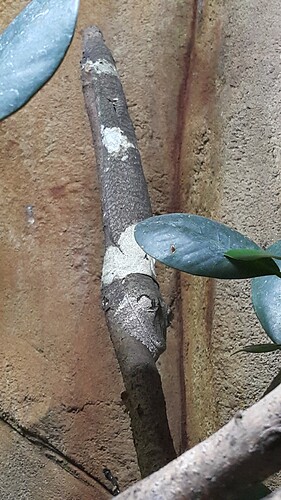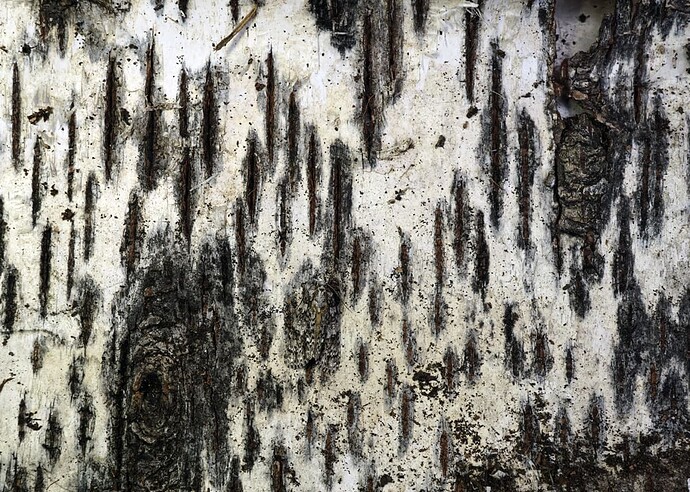Lynx are cool. Ptarmigans change too!
True. Those are actually some of my favourite birds!
I found [Synchlora aerata]quite amazing
(https://www.inaturalist.org/taxa/126204)
https://www.inaturalist.org/observations/94951328
I think the Lichen katydid (Markia hystrix) is an amazing animal that comouflages as lichen. Sadly it only exists in Colombia and ecuador which are both countries I view as rather dangerous to travel to. So sadly the Lichen Katydid will forever remain on my bucket list :(
How so? I get the colombia part kind of … one has to be careful where to go and what to do. But I really don’t understand your judgement on Ecuador. Felt more then safe living and travelling there all ober the country.
… But I agree. Those insects are amazing. Found one related when searching for camouflaged mantises
I was just reminded of these lovely slugs too.
https://www.inaturalist.org/observations/8819700
welcome to the forums @samuelhuxtable
Thanks for sharing the observations.
That is pretty awesome!
I think Hoverflies are one of my favourite animals that does biomimicry.
I remember the first time seeing it and I became cautious thinking its a wasp. With a closer look, I found that it was actually a harmless fly that doesn’t sting.
This was in the moth trap last week:
https://uk.inaturalist.org/observations/119133818
This was taken at the zoo. Mossy leaf-taled gecko IIRC.
I keep a few bits of bark and stone and things for when I find a really good mimic moth. The one below is almost invisible on birch bark. Knot Grass moth - Acronicta rumicis
This one is fascinating
https://www.inaturalist.org/taxa/321235-Macrocilix-maia
I know a lot of moths mimic bird droppings but adding a couple of markings that look like flies eating the droppings and having a bad smell too is just next level. You’d think it would make the moth more of a target though unless the flies are known to be replusive.
Is Synema globosum also doing this? My guess was that it appears harmless to insects as it waits on the flower (it doesn’t make a web). Seeing this one convinced me spiders are awesome actually.
came across this video of a glass frog that looks like frog eggs: https://www.youtube.com/watch?v=_9EzJtx4cyw
Can’t enter to the link.
Thanks. It should be fixed now.
Yes, now I can, that moth is so amazingly beautiful!!
Wow! That one really is interesting! It’s almost like two forms of mimicry at once. There’s lots of observations of these spiders eating bees as well. Perhaps they mimic both bees and flowers?
I’d never seen this before! That’s incredible.
I keep replying on this forum the moment something comes to mind.
The Wobbegong Shark is a formidable ambush predator most commonly found in the coastal waters around Australasia and can to grow to some quite admirable sizes (with some species reaching a maximum size of just under 10 feet). Despite their size, they find a way to become expertly camouflaged.
https://www.inaturalist.org/observations/112133095
https://www.inaturalist.org/observations/108721468
https://www.inaturalist.org/observations/107031905
https://www.inaturalist.org/observations/39521773
You can see that they have evolved those ‘tassles’ on the front of their face to mimic seaweed to hide from both prey and predators.
Sidenote: The name ‘Wobbegong’ is apparently derived from the natives of Australia and means “Shaggy Beard”.

